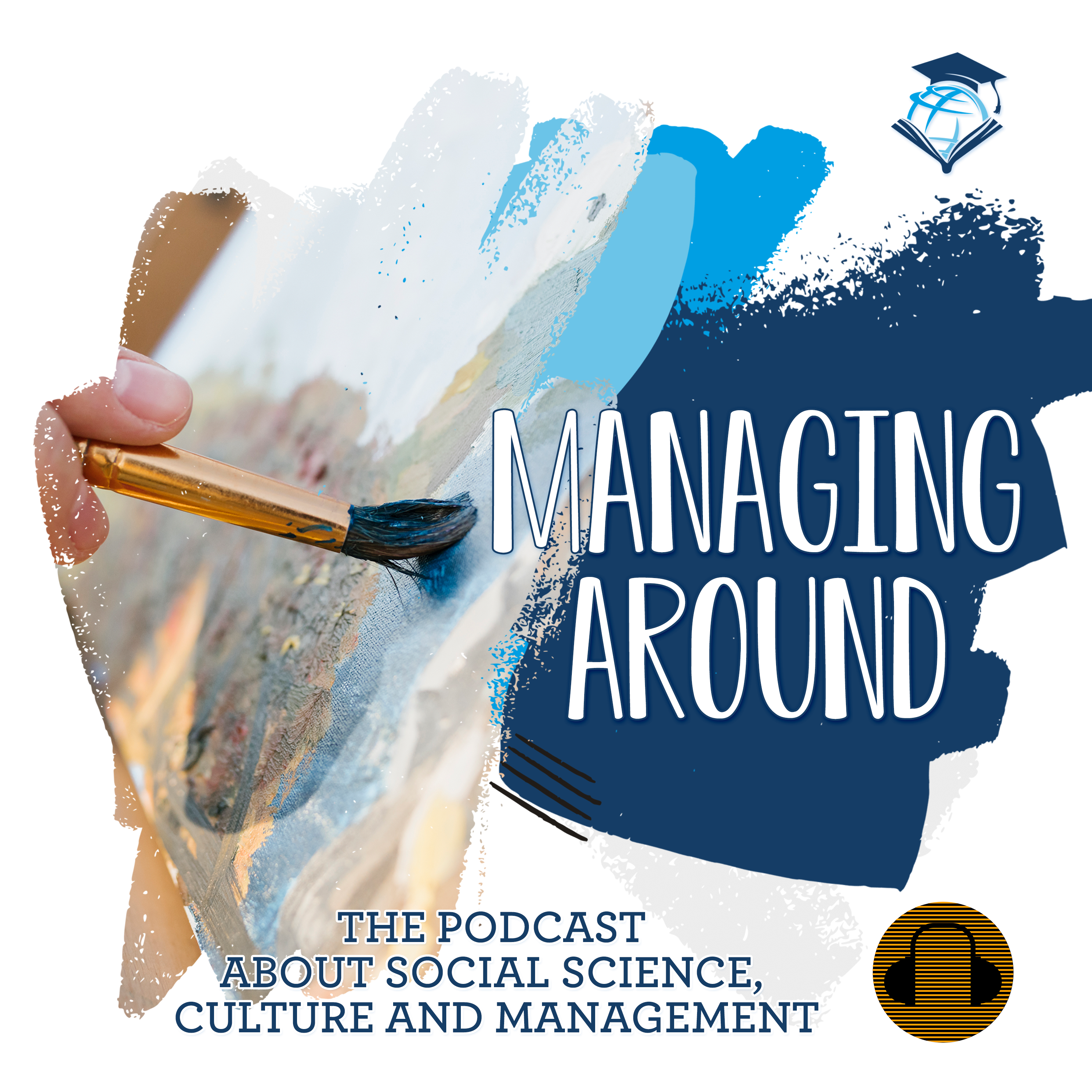Have you ever wondered what separates the best from the rest in the world of management? What if I told you there's a secret tool that has transformed how we understand leadership, innovation, and organisational development? – The magic is simply the Critical Incident Technique or CIT.
In this episode, we will embark on a journey to let you understand what systematic reviews are and how you could use this extraordinary tool to capture an aerial photo from your research.
The study underscored the importance of formative feedback, the potential of design-based teaching, and the profound impact of 'Critical Learning Incidents' on a student's journey.
We will follow four questions to get a bit more familiar with this concept: What is the Scholarship of Teaching and Learning?, What steps are to be taken in the research process, and what principles are to be followed?, What are the requirements for doing SoTL?, What Benefits do scholars have from engaging in SoTL?
Join me as I present the first findings after I spoke with experts in the field, policymakers, and those in leadership positions of welfare providers to uncover what it takes to build a welfare system that can withstand the test of time.
In today's episode, we will explore what Communities of Practice are and share the fascinating insights and perspectives they can offer, especially for international university projects.
In the following, we will start with a description of the Toulmin model and an example. In the second part, we will draw some practical conclusions for your personal knowledge management.
- Business
- Change Management
- Education
- Entrepreneurship
- Episodes
- Integration
- Management of Social S...
- Methodology
- Outreach Project
- Podcast
- Publications
- Qualitative Methods
- Scholarship of Teaching and Learning
- Service Learning
- Teaching
Episode 37: 5 Steps For Developing Cities in Rural Areas Through University-Practice Partnerships
The aim of this episode is to provide practical advice on how to make university-practice partnerships work in your next projects.
In this podcast, I will give a brief summary of the most intriguing results. We will start with a description of the study background and methodology to analyse critical teaching and learning situations.
